AT last the hunters are returning from their summer break, happy and overweight, but unwilling to be caught to start the new season back at school. They should have been getting their hooves checked and pared back, normally every six to eight weeks, especially if they were experiencing problems before. Every four to six weeks is about normal, but ask your farrier for advice.
If you have not been getting the hooves checked, due to one thing or another, remember that the hunter has been putting on weight and the hooves have been growing unchecked. If the hooves are now over-grown, they are now ‘out of shape’ and putting pressure on the tendons and joints. The hoof itself can be under pressure thus resulting in hoof cracking and splitting. This can be difficult to get back into shape and may take some time. This is important for the weight bearing of the horse and action/movement of the limb. All in all, it can take months to correct, which can result in half, if not more, of the hunting season being over.
Weak Hooves
Sometimes the horse can feel the new shoes and will need a little bit of time to recover. Many farriers find hard, uneven and stony ground can break the hooves. In this case, it is difficult to find a good strong nail hold to help keep the shoe on safely and in place. On occasions we use plastic and fillers to help this problem, but this can be a costly and an avoidable situation.
Some years, due to the weather or something unknown, the hooves on some horses were affected by a fungus or bacteria. This has weakened the strength and quality of the hooves, making them very ‘shelly’ and ‘brittle’. It has been difficult to keep shoes, even light shoes, on the hoof or in place. In this instance, you should consult with your farrier as to the best course of action. Continued on page 79.
Daily inspection
The owner or groom (if you’re lucky enough to have one) should check the hooves when picking/cleaning out the hooves, at least twice daily.
Once when taking the horse out of the stable to work, or to be put into the paddock, and also upon returning the horse to the stable (if you didn’t already check after riding out).
You should check the shoes for tightness and the nails in case they are loose or have risen away from the hooves. Check also, if the shoe has moved away from the hoof or has been lost.
On picking out the hooves, you check the hoof for wounds, stones, mud, anything that should not be there, such as nails, screws or anything that could cause lameness. This is important.
Many times, farriers are called to a lame horse where, upon picking out the hooves the horse becomes sound, but might need pads as a result. This is a consequence of not having their hooves regularly picked out.
Ask your farrier about what your horse needs to improve its hooves. For example, simple hoof conditioner and maybe feed supplements. With any food supplements, this can take a few months before any improvements are seen.
Choosing a shoe
Shoes are a very important factor to the horse but there are many types of shoes for different types of problems. The type of horse and the type of work that the horse will undertake determines the shoe. Be careful in the choice you make when picking the type of shoe(s) your horse will wear. You should always consider hoof condition and the work of the horse.
Farriers find more and more often that someone has read about ‘this new shoe’ or ‘product’ from some corner of the world. This person finds it a wonder-shoe. This product might work there for that horse, at that time, but as we know every horse is an individual and many factors should be considered first. What type/breed is the horse? Is it a light thoroughbred or a heavy draught horse? What type of work will it be doing? Is it being ridden predominantly on the road, a (mucky) field, a walker or maybe all of the above.
You need to consult your farrier first to determine what the best plan of action is to take. The more road work you do, the harder it is on the horse’s legs. The shock of the road can make the horse’s legs and hooves sore, especially if you do too much too soon. Shock pads can be used to absorb some of this. The more road work you do, the shorter the time you will get from the shoes.
Grip
Grip is something we are looking at now more than ever. Years ago, the horse was shod with what was called a ‘caulk and wedge’. This is still being used today by some farriers, but only on the hind hooves. They have the advantage of always being part of the shoe while giving grip to the horse both on the road and in the field.
The side effect of this shoe is that if the horse stands on itself in the horsebox, they can do harm. If your horse tends to ‘kick out’ at other horses, then don’t have them in the field with other horses, this also applies to any horse that has hind shoes on.
To maintain grip, pins are put into the shoes before applying them to the hooves, they do not stick out from the shoe and can be left in the shoe for the life of the shoe. These pins are not much addition to the horse in the mud/fields for traction.
Then we go to the studs. These are applied to the shoe right before work and removed just after work. The stud hole can be a problem if you can’t get the stud into the shoe, leaving you without the grip that the horse now depends on. The height of studs has an impact also.
If one minute you’re in the field, then on the road, this change can affect the limb by putting the horse off balance. Remember, every horse is an individual. Don’t follow the crowd. What they have, your horse might not like or need. Too much grip, may, if your horse has a problem in the hoof or leg, make the problem worse, depending on the type of grip you choose.
Longevity
The length of time you get out of a set of shoes depends on the quality of the hooves and the type of shoe. The fit of the shoe is important. The heels of the shoes can be either upright heel or a pencil fit heel.
Are the heels of the shoe too long? Do they stick out behind the heels of the foot? If so, the hind foot can catch the shoe and pull off the front shoe and maybe some hoof as well. This is nearly always poor communication between the owner and farrier as to what work the horse is planning to do.
The way the horse is ridden – is the horse ridden wisely? Is the rider careful or in a little bit of a rush? Not judging the best route through hazards can cause the horse to stumble and stand on themselves.
The quality of the hooves and what the horse is stabled in or on can be a factor as well. Dry bedding can harden the hooves, while wet and dirty bedding can soften them causing thrush and soft soles which can make the horse prone to bruising and lameness.
If your horse’s hooves are left too long, then the shoe can move forwards and with the weight of the horse pushing downward, meeting at the heel region of the hoof can cause a problem called corns.
This is bruising of the internal structures of the hoof and can take a couple of weeks to settle down.
This result is the horse being off work, which is costly, as extra visits from the farrier and the vet will be required to get the horse back to work. This is only one of the side effects of leaving the shoes on too long.
The first set of shoes of the hunting season are sometimes the most difficult. The horse is only back into the stable yard and is alert to the new sounds and surroundings. The farrier is trying to do a lot in the first shoeing, in getting the shoes on safely without the horse and themselves getting hurt.
The owner has a responsibility to the horse and farrier to be there to hold the horse and tell the farrier what you want and what your plans are.
This will give your farrier a chance to see if that can be done and what the time-frame and costs to the client might be.
It is important to have your horse clean and dry, in an area that is level, well-lit, and free from obstacles so that the horse and farrier can move around without the risk of hurting themselves or others.
Please try to teach your horse that lifting the hooves and getting them tapped on is not something new and strange. A calm horse is a happy horse.
The secret of any horse is a good team. The owner, groom, rider, farrier and vet have to have good communication and work together for the best result of the horse.
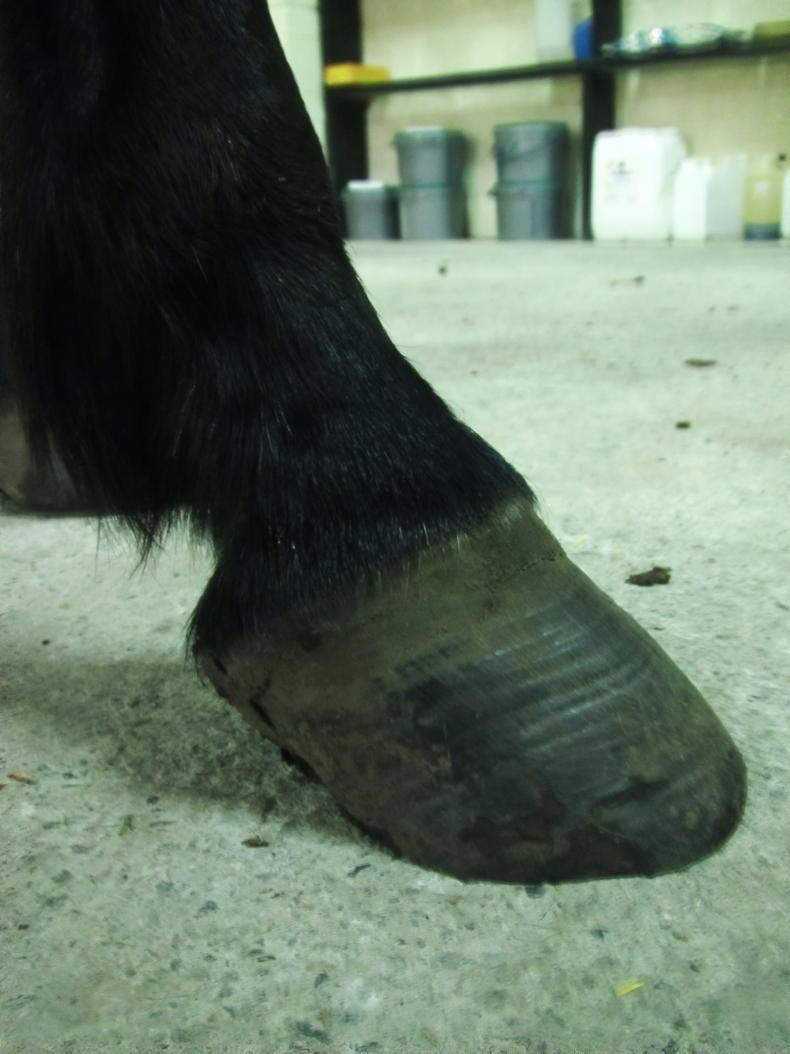

 This is a subscriber-only article
This is a subscriber-only article
 It looks like you're browsing in private mode
It looks like you're browsing in private mode




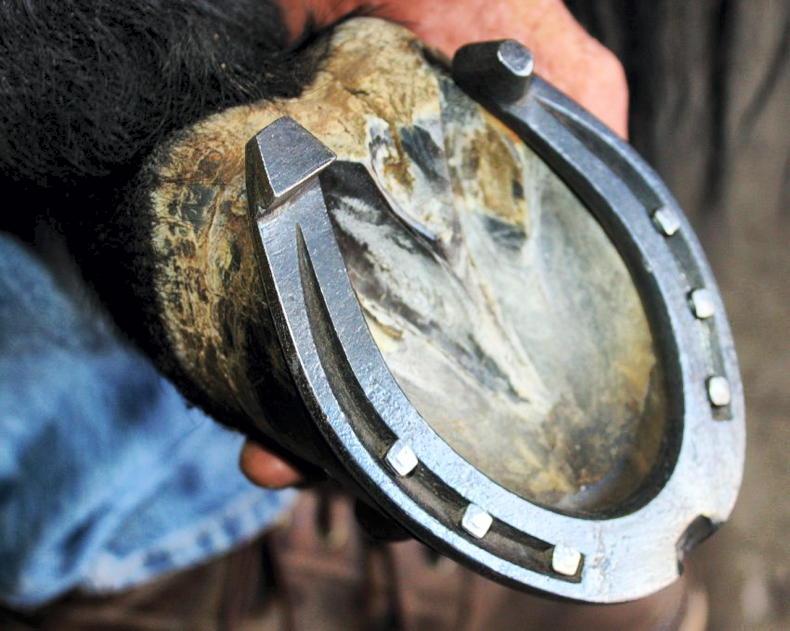
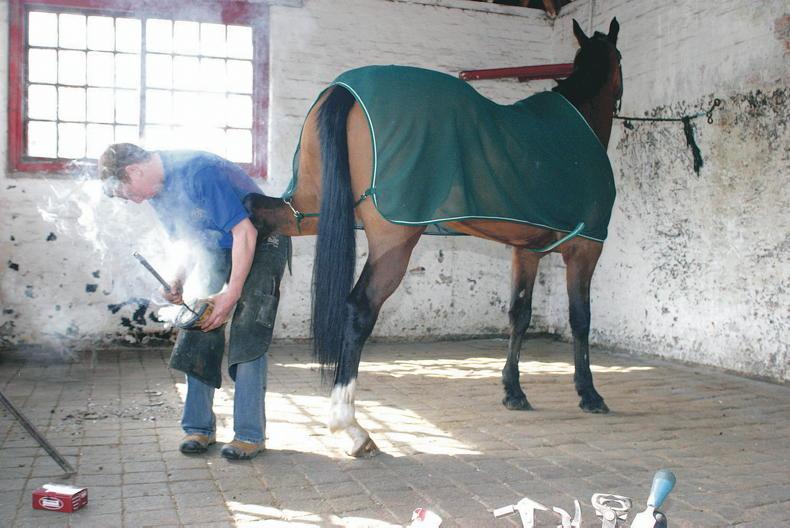



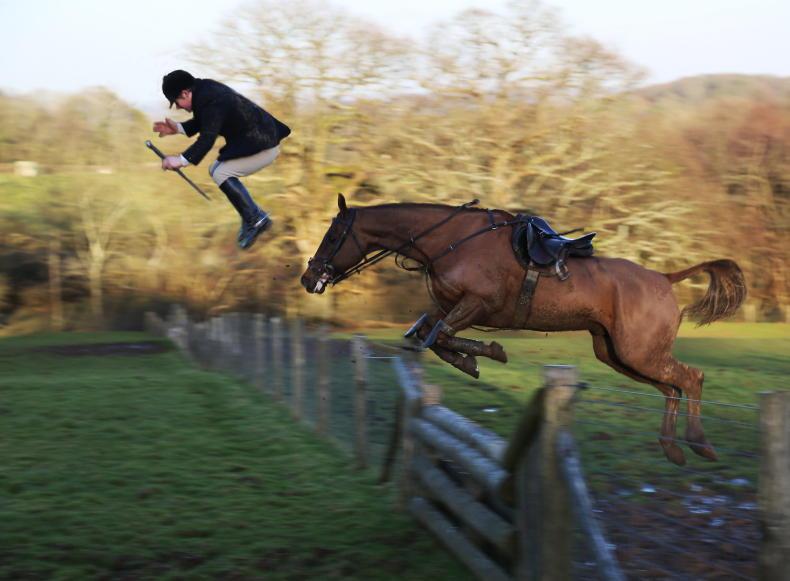
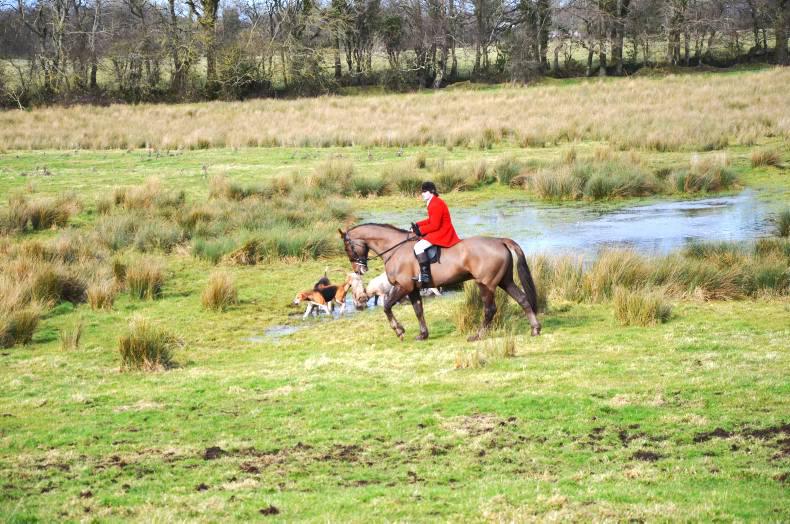
SHARING OPTIONS: